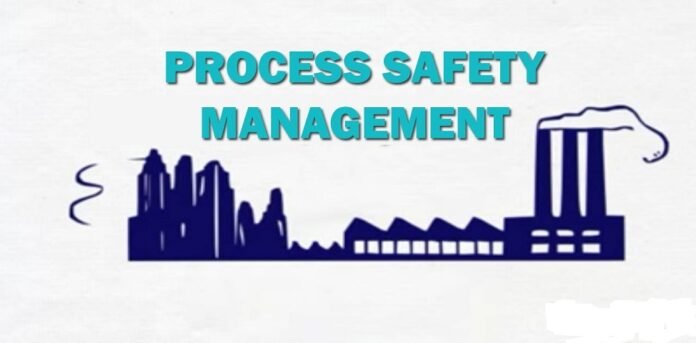In the dynamic and often hazardous landscape of industrial operations, ensuring safety is paramount. From chemical plants to oil refineries, the potential for catastrophic incidents looms large if safety protocols are not rigorously implemented. This is where Process Safety Management (PSM) steps in, serving as the cornerstone of effective risk management and incident prevention.
Understanding Process Safety Management
Process Safety Management (PSM) is a comprehensive framework aimed at controlling hazards associated with processes that handle highly hazardous chemicals. PSM is not just a regulatory requirement; it is a best practice for managing risks in industries where the stakes are incredibly high. By focusing on the identification, evaluation, and mitigation of risks, PSM ensures that processes are designed, operated, and maintained safely.
Key Elements of Process Safety Management
To fully grasp the importance of PSM, one must understand its core components:
- Process Hazard Analysis (PHA): A systematic approach to identifying and analyzing potential hazards. This step is crucial in foreseeing potential incident scenarios and implementing preventive measures.
- Operating Procedures: Clearly defined procedures ensure that all operations are conducted safely and consistently. This includes startup, shutdown, and emergency operations.
- Training and Competency: Ensuring that employees are well-trained and competent is vital. Process Safety Management Training equips staff with the knowledge and skills to handle hazardous materials safely.
- Mechanical Integrity: Regular inspection and maintenance of equipment prevent failures that could lead to incidents.
- Management of Change (MOC): A structured approach to managing changes in processes, technology, or personnel to ensure that new risks are identified and controlled.
- Incident Investigation: Analyzing incidents and near-misses to identify root causes and prevent recurrence.
The Role of Risk Assessment in PSM
Risk assessment is the foundation of PSM. It involves identifying potential hazards, evaluating the likelihood and consequences of incidents, and implementing measures to reduce risks to acceptable levels. This process is continuous, as new hazards can emerge with changes in processes, equipment, or personnel.
Implementing Effective Risk Assessment Strategies
- Comprehensive Hazard Identification: Using techniques such as HAZOP (Hazard and Operability Study), FMEA (Failure Modes and Effects Analysis), and What-If Analysis to systematically identify hazards.
- Quantitative Risk Analysis: Employing quantitative methods to assess the probability and impact of identified risks. This helps in prioritizing risk mitigation efforts.
- Risk Control Measures: Implementing engineering controls, administrative controls, and personal protective equipment (PPE) to mitigate identified risks.
- Continuous Monitoring and Review: Regularly reviewing risk assessments and updating them as necessary to account for changes in the process or new information.
From Risk Assessment to Incident Prevention
The ultimate goal of PSM is to prevent incidents before they occur. This is achieved through a combination of proactive and reactive measures.
Proactive Measures
- Design for Safety: Incorporating safety into the design phase of processes and equipment. This includes inherent safety design principles such as minimization, substitution, and simplification.
- Preventive Maintenance: Regular maintenance of equipment to ensure it operates reliably and safely.
- Employee Training and Engagement: Ensuring that all employees understand their roles and responsibilities in maintaining safety. Engaging employees in safety programs and encouraging a safety-first culture.
Reactive Measures
- Incident Investigation and Root Cause Analysis: Investigating incidents to understand what went wrong and why. This involves identifying the root causes and implementing corrective actions to prevent recurrence.
- Emergency Response Planning: Developing and regularly testing emergency response plans to ensure preparedness for potential incidents.
- Lessons Learned: Sharing lessons learned from incidents and near-misses to improve safety practices across the organization.
The Safety Master: Your Partner in Process Safety
At The Safety Master, we understand the critical importance of PSM in safeguarding your operations. Our comprehensive services include risk assessments, training programs, and consultancy to help you implement and maintain robust PSM systems. Our Process Safety Management Training programs are designed to equip your team with the knowledge and skills needed to manage process safety effectively.
Conclusion
From risk assessment to incident prevention, Process Safety Management plays a pivotal role in ensuring the safety and integrity of industrial operations. By identifying and mitigating risks, PSM helps prevent catastrophic incidents and protects employees, communities, and the environment. Investing in PSM is not just about compliance; it is about fostering a culture of safety and responsibility. With the expertise and support of The Safety Master, you can achieve a safer, more reliable operation.


